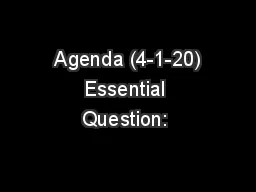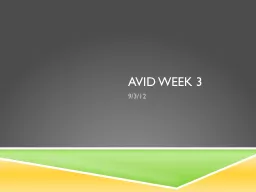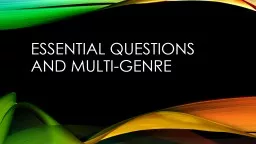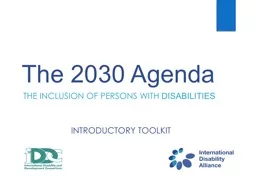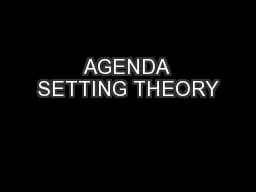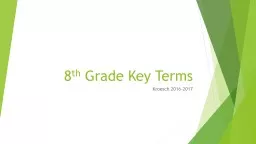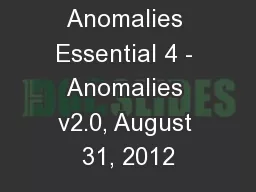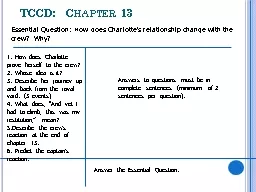PPT-Agenda (4-1-20) Essential Question:
Author : min-jolicoeur | Published Date : 2020-04-08
How does the dialogue provide key insight into a character and reveal the conflict What conflicts develop in Act I and what insights into the characters are brought
Presentation Embed Code
Download Presentation
Download Presentation The PPT/PDF document " Agenda (4-1-20) Essential Question: " is the property of its rightful owner. Permission is granted to download and print the materials on this website for personal, non-commercial use only, and to display it on your personal computer provided you do not modify the materials and that you retain all copyright notices contained in the materials. By downloading content from our website, you accept the terms of this agreement.
Agenda (4-1-20) Essential Question: : Transcript
Download Rules Of Document
" Agenda (4-1-20) Essential Question: "The content belongs to its owner. You may download and print it for personal use, without modification, and keep all copyright notices. By downloading, you agree to these terms.
Related Documents

